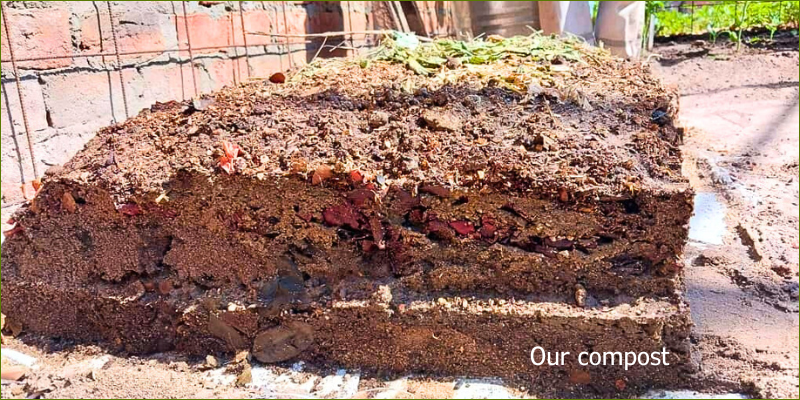Planting in non-fertile soil
Apr 10, 2025
Let’s talk about soil. Not the soft, fertile kind that welcomes seeds with open arms ... but Hwange soil. Anyone who’s spent time with us knows, our soil doesn’t exactly roll out the red carpet for farmers. It’s sandy, stingy with nutrients and quick to dry out. The kind of soil that seems to shrug at your best intentions and say, “Good luck with that.”
It’s the kind of land that’s been written off for farming, where most people throw up their hands and declare, “Ah, nothing grows here.” But we’ve never been very good at listening to that kind of advice ... or at accepting limits just because they’re common knowledge. If anything, this kind of ground only makes us more determined to try.

Gobelo was never about taking the easy path. From day one, we knew the soil beneath our feet was going to be one of our biggest teachers. It’s not fertile. It doesn’t hold water well. It forces you to work smarter, not just harder. But instead of seeing a dead end, we saw potential. And maybe, just maybe, a bit of a challenge we couldn’t resist.
We’ve learned how to coax life from this sand, sometimes with compost, sometimes with clever planting, sometimes with sheer stubbornness. We’ve tested, we’ve failed, we’ve tested again. Our hands have dug into this ground not just to plant seeds, but to rewrite the story of what’s possible here. And every time something green pushes through the surface, we smile - because we know what it took.
The truth is, many smallholder farmers in our region face the same struggle. Non-fertile soil holds them back, season after season. That’s why part of our mission at Gobelo isn’t just to grow food, but to share what we’re learning. To say: look, it can be done. And here’s how.

We’re not pretending it’s easy. We’re just saying it’s worth it.
So yes, we’re planting in non-fertile soil. But what’s growing here isn’t just produce. It’s resilience. It’s knowledge. It’s a different way forward. And like everything we do at Gobelo, we’re doing it together - one sandy, hopeful handful at a time.